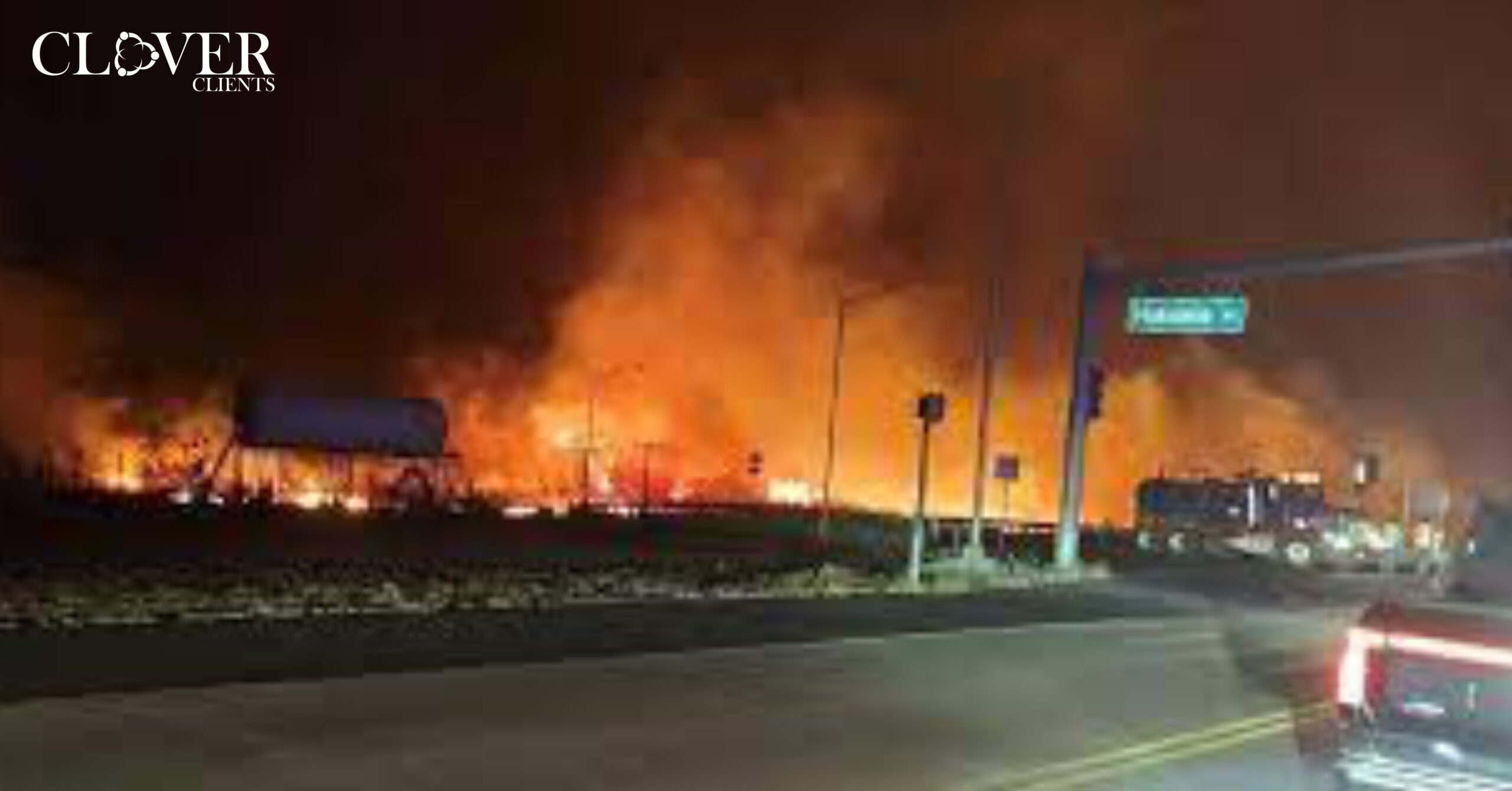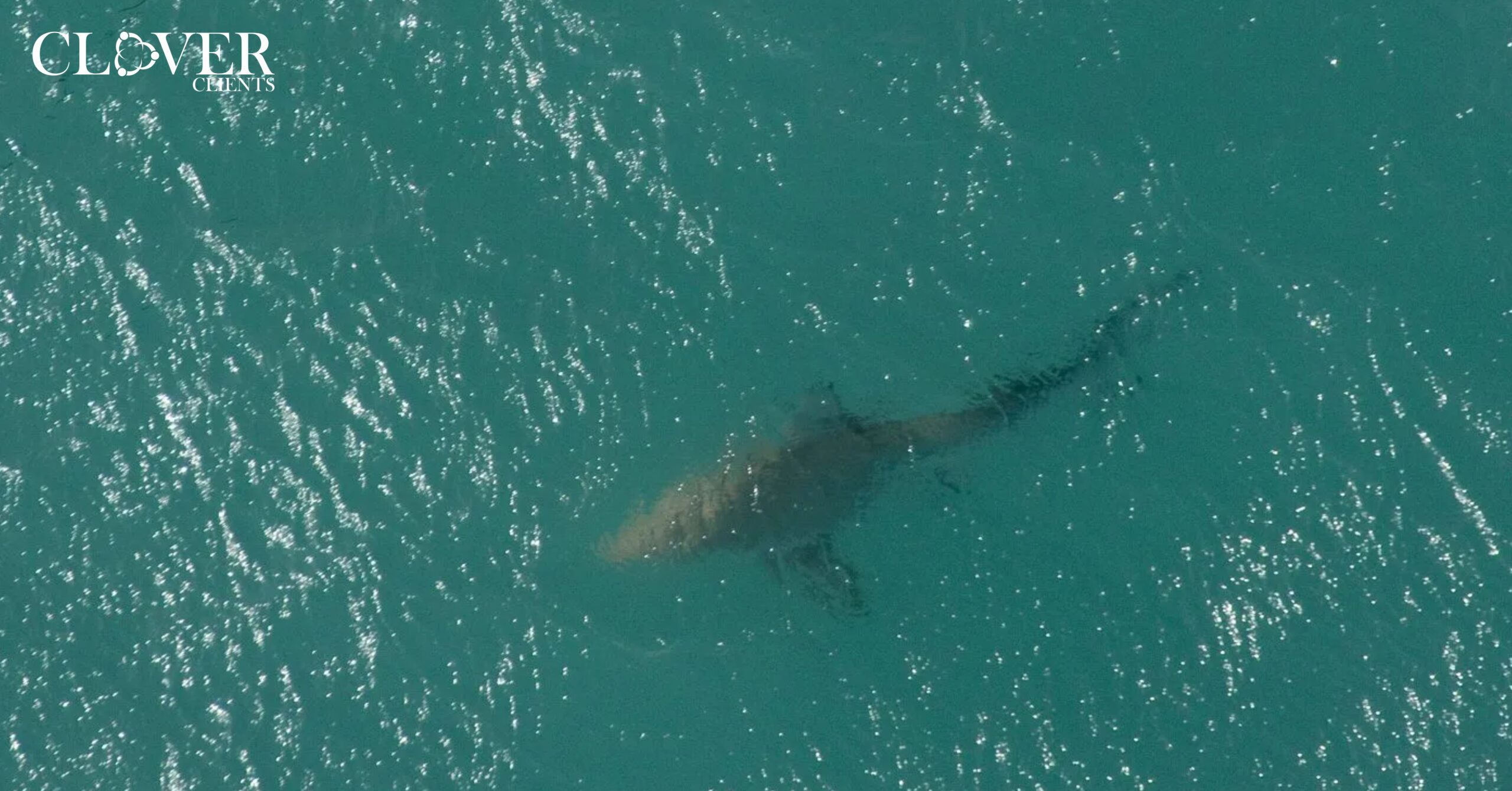Amid festival season, The Burning Man didn’t quite go as planned. In the northern Nevada desert, a rare late-summer storm turned a week-long counterculture festival into a messy situation with around 70,000 partygoers still buried in deep muck while water and food supplies ran out.
Every year, up to 80,000 artists, musicians, and activists congregate in the Black Rock Desert, about 110 miles (177 kilometers) north of Reno, for a mix of wilderness camping and experimental performances.
The event has experienced setbacks in the past. For example, in 2018 dust storms forced organizers to briefly close festival entrances. During the pandemic, the event was also completely postponed twice. But this one takes the cake, as there are serious repercussions and one reported death so far.
What is The Burning Man Festival?
The Burning Man Festival is called “a global ecosystem of artists, makers, and community organizers.” They come together and co-create art, events, and local initiatives around the world.
The burning of a sizable wooden structure known as “the Man” on the penultimate night of the festival gives it its name. It seeks to be an ill-defined event that falls halfway between a counterculture party and a spiritual retreat.
In order to support the festival’s “gift economy” attitude, “Burners” generally arrive in groups and set up themed “camps” during the event. They are prepared to offer goods or services without expecting anything in return.
The festival has been going strong since 1986.
What Went Wrong?
The festival was ruined by more than 13mm (0.5 inches) of rain that dropped there on Friday.
Just before a massive wooden effigy was set to be burned on Saturday night, road blocks were implemented. All burning, according to organizers, has been postponed. Authorities are seeking to unblock escape routes by the end of Labor Day weekend.
After learning of one death, the festival’s organizers decided to ban vehicles. Officials gave no information on the death.
The traditional burning of the wooden effigy, a crucial component of the celebration, was postponed by the organizers until Monday night due to the rain and mucky conditions. Due to the muddy circumstances, the roads leading to and from the event remained closed, leaving thousands of spectators stuck.
Justin Schuman who went to the festival, and was there for 11 days described it as-
“What I have seen personally is resilience,” he told CBS News, the BBC’s US partner. “I’ve seen a huge amount of people coming together, I have seen strangers hugging strangers, I have seen people gifting things to others.”
He described the mud as “really, really wet and really, really slick”, and warned: “It is also very alkaline so you do have to be careful for no prolonged exposure of your skin to the mud because apparently it can start to really gently burn your skin.”
The Response
Attendees trekked through the muck, many of them wearing plastic bags on their feet or going barefoot because the party was closed to motorized traffic. Most revelers remained camped out at the scene despite warnings to save food and water.
The Re-opening
After torrential rains turned the festival grounds into ankle-deep muck that was too thick to drive on and caused organizers to issue shelter-in-place orders, roads out of the Nevada desert may reopen Monday for the tens of thousands of attendees trapped for a third day.
After the downpour rendered it “virtually impossible” for vehicles to drive on the surface, police said Saturday, roads leading into and out of the Black Rock Desert event were closed, and visitors were advised to save food, drink, and petrol.
The seven-day celebration is supposed to end on Monday, but it’s not clear exactly when visitors will be able to leave the region by car. Road reopening schedules were supposed to be announced by organizers Monday morning.













